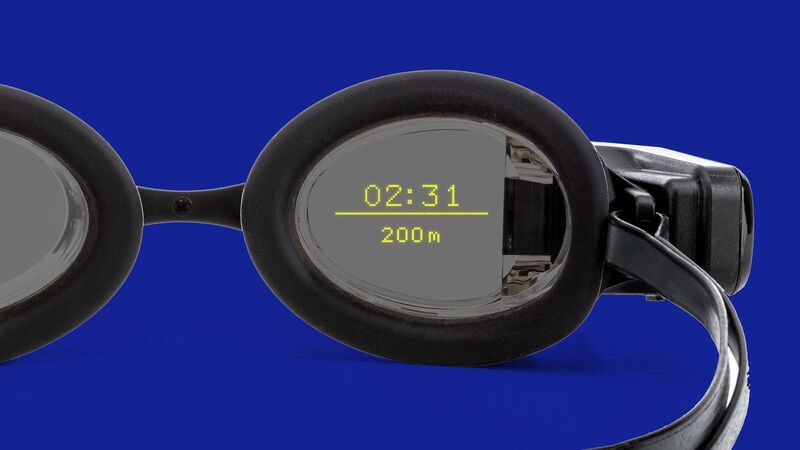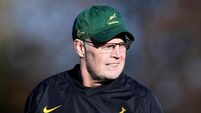Paul Rouse: Fashion, fad, or hindrance — is wearable technology the future of sport?

FORM GOGGLES: As you swim, the technology in the goggles throws up a commentary on your performance, presenting you with information on your progress and instructions for what you should do next.
Modern sporting performance depends on technology. Mostly, we try and hide this basic fact and focus on the human aspect of performance. This is understandable but there is no denying how technological change has allowed for sporting advance.
A good example of this is the Teslasuit — this is a full-body sensor monitoring suit that can actually coach athletes as they perform. For instance, one of the things the suit does is that it sends an electrical impulse to alert the wearer to a poor baseball swing.









